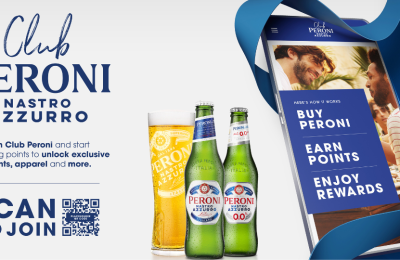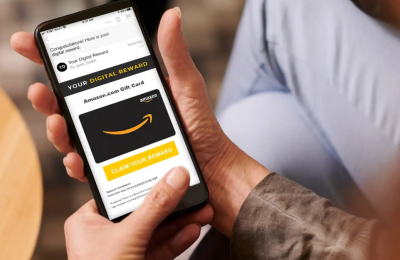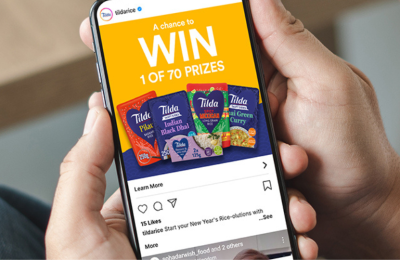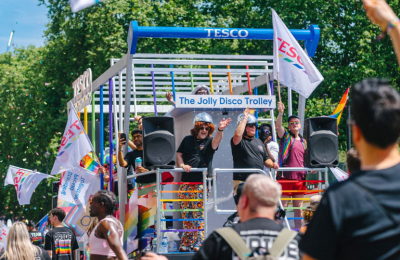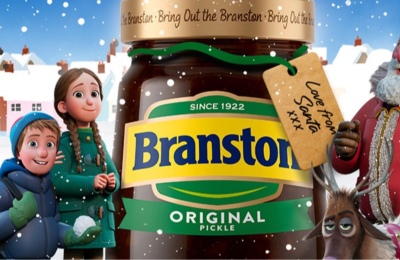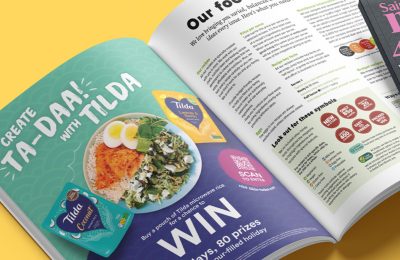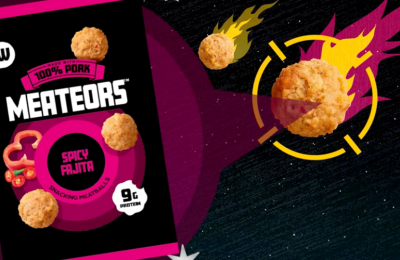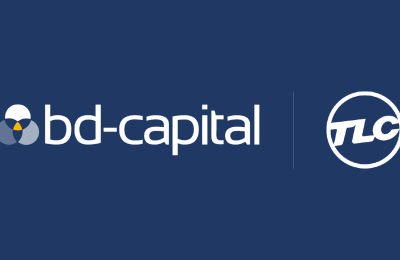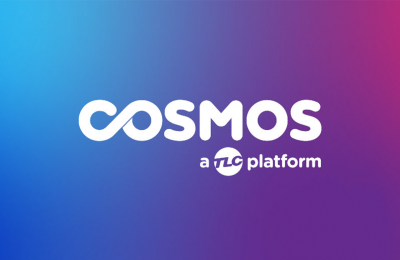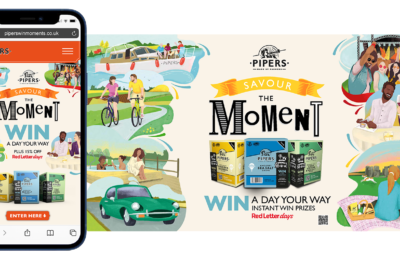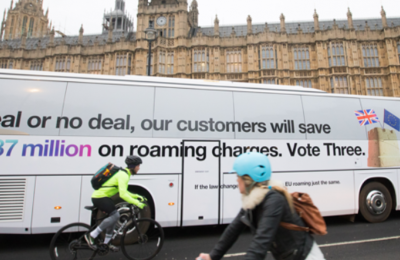Get a promotional marketing campaign right, says Mel Sheldon, Commercial Director at MRM, and it has the potential to take your brand to the next level; driving awareness, reaching new audiences, generating sales, creating appeal and building loyalty across your customer base.
There are lots of moving parts to a campaign, and to deliver on time and on budget whilst hitting your objective takes real skill. The risks involved when things don’t go to plan reach further than just missed sales or lower revenue figures; think dissatisfied customers and the potential damage this may cause to the brand.
The Q2 2018 IPA Bellwether Report shows that in a market of slow increase in overall marketing spend, promotional marketing is showing a 4 point upward revision in spend; meaning that it’s more important than ever for brand owners and Shopper marketing teams to give due consideration to their promotional marketing strategy above & beyond price cuts.
Here we’ve distilled the key considerations to help you plan and perfectly execute your next promotional marketing campaign.
What are we here for?
Starting at the top – ask yourself what are we trying to achieve and what does success look like?
If you don’t understand this from the get-go, it’s likely to be only heading one way.
On a macro level there can be a range of different objectives; are we looking to drive trial, encourage repeat purchase, gather consumer data or reward customer loyalty.
However, promotions needn’t just be about volume generation. Whilst this is a common goal the positive impact on brand equity can sometimes be overlooked. Understand all of the goals or the real challenge that we’re trying to solve, and then what are the potential limitations that may hinder success.
Retail sectors can be used cleverly to work for you in amplifying your promotional campaign. Rather than ticking the box for every retailer where you have listings, give consideration to whether you want to run the campaign in grocery multiples, or target independent retailers – but be aware that each of these has its own intricacies of operation and limitations in terms of what promotional support can be planned.
Once you’ve got a clear perspective on objectives, then comes a mission critical step; briefing your partner.
Getting the briefing right
The success of any campaign hinges on getting the brief right; being clear on what you want to achieve, how it will be measured, timings, volume requirements and budgets.Provide as much detail as possible in the brief and share this with your chosen fulfilment partner as soon as possible, not as an afterthought when the campaign is about to launch (yes, it does happen!).
This is the first opportunity for your fulfilment partner to be able to understand the plans you’ve been working on for weeks/months and to come up ways to add value and to deliver a joined up consumer experience so give them an opportunity to ask questions.
Listen to the recommendations given by your fulfilment partner because whilst you are the expert on your brand, they really understand how to engage consumers in a cost effective, measurable way. Speak to your creative agency; they will be able to help develop a strong call to action and visuals to support.
Ensure you have a clear and well thought through budget with contingency factored in – consider fixed fee insurance to ring fence your budget. MRM can support in this regard and has an established relationship with a fixed fee provider so we know what information is required to analyse the risk.
It’s worth remembering that promotions don’t just have to be about volume generation; get them right and they can have a significant impact in building a brand.
Know your crowd
Consider your target audience; make sure you understand who they are and what makes them tick. Where are they likely to be found and when? How do they behave? How do they like to be addressed? And then work out which channels they like to be reached across; in store, on pack, digital, social…
Which brings us to retailers. Grocery retail in particular is a cluttered environment with retailers conducting regular reviews of listings and asking for budget to support their category management plans, and not specifically working to your own promotional plans. So how do you create stand out of your campaign?
There are some obvious routes to consider from an on pack flash, in store POS, on pack codes – through to creating a retailer-specific campaign that can be supported with greater in-store marketing collateral.
Then create the message – what is your offer to them? Ask yourself, will it resonate with the target audience? And how best is it to convey your message across your chosen channels? An important point to consider here is your competitors. If everyone else is offering a coupon, why not try a taste guarantee or prize draw as these are perfect opportunities to gain insight into who’s buying your product and to create a marketing database whilst standing out from your competitors.
Another area to consider is your brand’s context in the wider world; is there anything topical that you can align to or a hot new trend that your target demographic is going nuts for? There could be a seasonal event or new craze that fits perfectly with your brand and audience – obvious but think what the World Cup generates for a beer brand. Or a certain baking themed TV programme generates for an ingredients brand.
Depending on your budget, message and objectives you may also be able to dial in to other media channels to market your campaign – VOD, social media, TV, radio, digital, CRM.
These should be carefully selected, because the correct combination can deliver the multiplier effect of amplifying the impact of your promotion way beyond your expectations.
The nuts and bolts
The mechanics of your campaign are important to ensure it incentivises the right behaviours and drives the right actions. If the offer is too convoluted to redeem, takes too much effort on the consumers’ part, or sets itself up for difficulties in the fulfilment phase it’s unlikely your campaign will be a success.
Amplification will be key to the success of your campaign. Going back to the previous point on where your target audience spends their time will influence which media channels you consider to promote your campaign but it’s likely that it will involve an integrated approach.
Ultimately the key question is “Is the campaign engaging, easy to understand and relevant to your audience?”
Be compliant
Time to dot the ‘I’s and cross the Ts’ – seek expert advice and make sure your promotional campaign is compliant with the CAP Code and that your Terms & Conditions are sufficiently detailed and clear. The IPM offers a legal service designed to do exactly that – and you can even use their IPM Seal to demonstrate compliance.
Don’t forget to use positive opt ins for any capture of consumer data – and be specific in how you will be using their data i.e. email, post, telephone. If you’re using a digital channel i.e. a promotional microsite, you must also show a privacy notice to this effect as well as providing a link to the promotion’s T&Cs.
On a final point re data – consider how long you will retain the data and how this will be used post-campaign. Why not create a customer database for marketing purposes (as long as you’ve got positive opt ins) as a way to engage? You may also get requests from consumers wanting to know what data you’re holding on them, so make sure you’ve got a defined process with your digital and/or fulfilment partner on how to handle such request as GDPR legislation means these must be responded to within one calendar month (see Subject Access Requests on the ICO website).
Before the campaign starts, it’s vital to make sure there is a Data Processing Agreement in place with any partner who will be processing customer data. This should define what data is to be processed, its purpose and classes of data and will also cover the agreed data retention period. More importantly, it will place responsibility on each Data Processor (remember, you as the client are the Data Controller) in terms of their liability to hold that data securely.
While it’s live
Using your clearly defined objectives, monitor the campaign performance and ROI throughout the campaign as there’s nothing worse than getting to the final week and looking at the redemptions, as there’s little that can be done at that stage! Agree reporting frequency with your fulfilment partner and give them access to as much data as possible; Google Analytics can be shared with agencies to help them understand customer engagement, as well as actual redemptions.
If you have any concerns that the campaign isn’t performing as expected, speak up as quickly as possible. If you’re running a digital campaign, it’s easy to make tweaks to the customer journey or to use social media to drive your target market to the website. It’s better to do it sooner, rather than later though!
Job done
So, your campaign has gone without a hitch, thousands of your target audience have engaged, responded and bought into your brand. Job done right? Wrong. Now is the time to measure, review and evaluate. Place your results against the original objectives and measure ROI. On a more practical level, talk to your fulfilment partner and your creative agency together to discuss what worked, what didn’t and importantly, what have you learned for next time?
MRM works in partnership with a wide range of clients to understand campaign objectives and help design the best solution to achieve them. They draw not only on a wealth of experience and expertise in digital and fulfilment, but also on our efficient purchasing power to add value.

